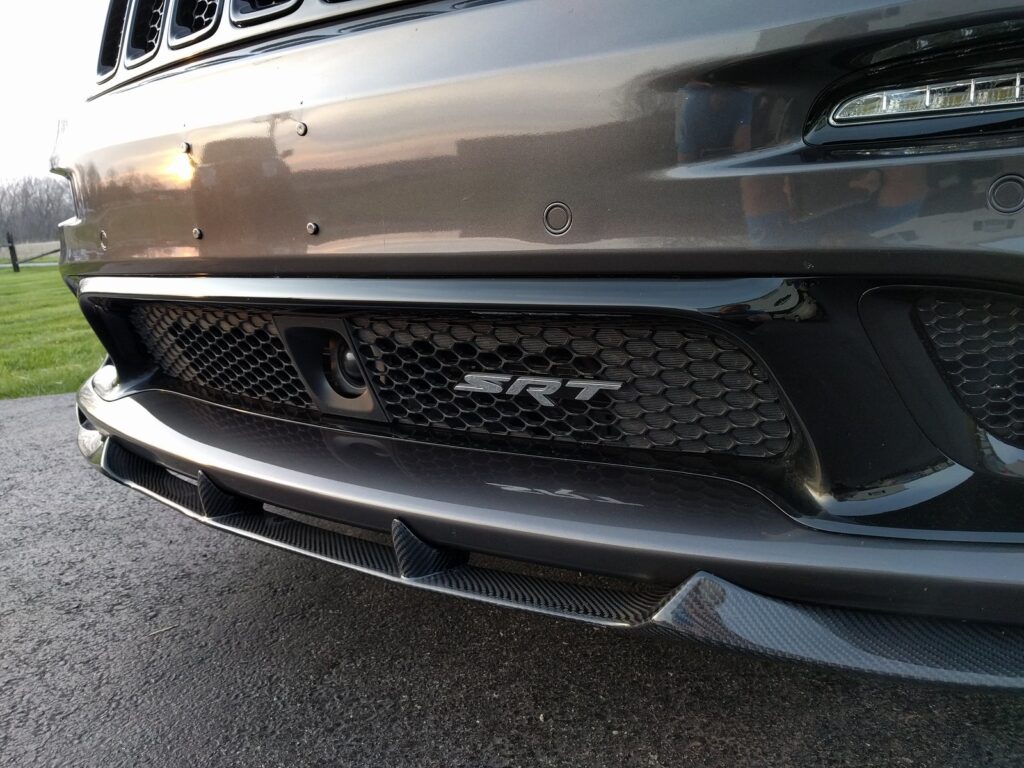In the world of automotive enthusiasts, certain badges evoke a sense of awe and reverence. Among these, the SRT badge stands out as a symbol of high performance, engineering excellence, and a legacy steeped in speed. Developed by Chrysler’s Street and Racing Technology division, the SRT badge has adorned some of the most iconic vehicles in the automotive industry. From muscle cars to SUVs, each vehicle bearing the SRT badge represents a dedication to performance that transcends mere transportation. In this comprehensive exploration, we delve into the origins, evolution, and significance of the SRT badge, uncovering what makes it a hallmark of automotive excellence.
Origins of the SRT Badge
The story of the SRT badge begins in the late 1980s when Chrysler recognized the need to enhance its performance lineup to compete with other automakers. In response, the Street and Racing Technology (SRT) division was born, tasked with developing high-performance vehicles that would excite enthusiasts and dominate the racetrack.
The Birth of Icons
Under the guidance of SRT, Chrysler introduced a series of vehicles that would become legends in their own right. One of the earliest and most iconic models to wear the SRT badge was the Dodge Viper. Launched in 1992, the Viper embodied the raw, unbridled power that enthusiasts craved. With its massive V10 engine and aggressive styling, the Viper set new standards for American performance cars.
Expanding the Portfolio
As SRT continued to push the boundaries of performance, it expanded its portfolio to include other vehicles in the Chrysler lineup. From the Dodge Charger SRT8 to the Chrysler 300 SRT, each model showcased SRT’s commitment to delivering uncompromising performance without sacrificing comfort or practicality.
The SRT Hellcat Era
In 2014, SRT unleashed a new era of performance with the introduction of the Hellcat engine. Packing over 700 horsepower, the supercharged Hellcat V8 became an instant icon, powering models like the Dodge Challenger SRT Hellcat and Charger SRT Hellcat to new levels of performance. The Hellcat era solidified SRT’s reputation as a purveyor of unrelenting power and performance.
The Evolution of the SRT Badge
As automotive technology advanced, so too did the SRT badge. In addition to raw power, SRT began incorporating advanced engineering and cutting-edge technology into its vehicles. Features like adaptive suspension, launch control, and customizable driving modes became standard fare, allowing drivers to tailor their experience to suit their preferences.
The Future of SRT
As we look to the future, the SRT badge remains as relevant and revered as ever. With the rise of electric and hybrid powertrains, SRT is poised to lead the charge into a new era of high-performance vehicles. Already, we’ve seen glimpses of this future with models like the Dodge Challenger SRT Demon, which combines electrifying performance with relentless acceleration.
Conclusion
The SRT badges represents more than just performance; it embodies a legacy of speed, innovation, and engineering excellence. From its humble beginnings to its current status as a symbol of automotive prowess, the SRT badges continues to captivate enthusiasts and inspire awe on racetracks and roadways around the world. As we eagerly anticipate the next chapter in the SRT story, one thing is certain: the legend of the SRT badge will continue to grow for generations to come.







